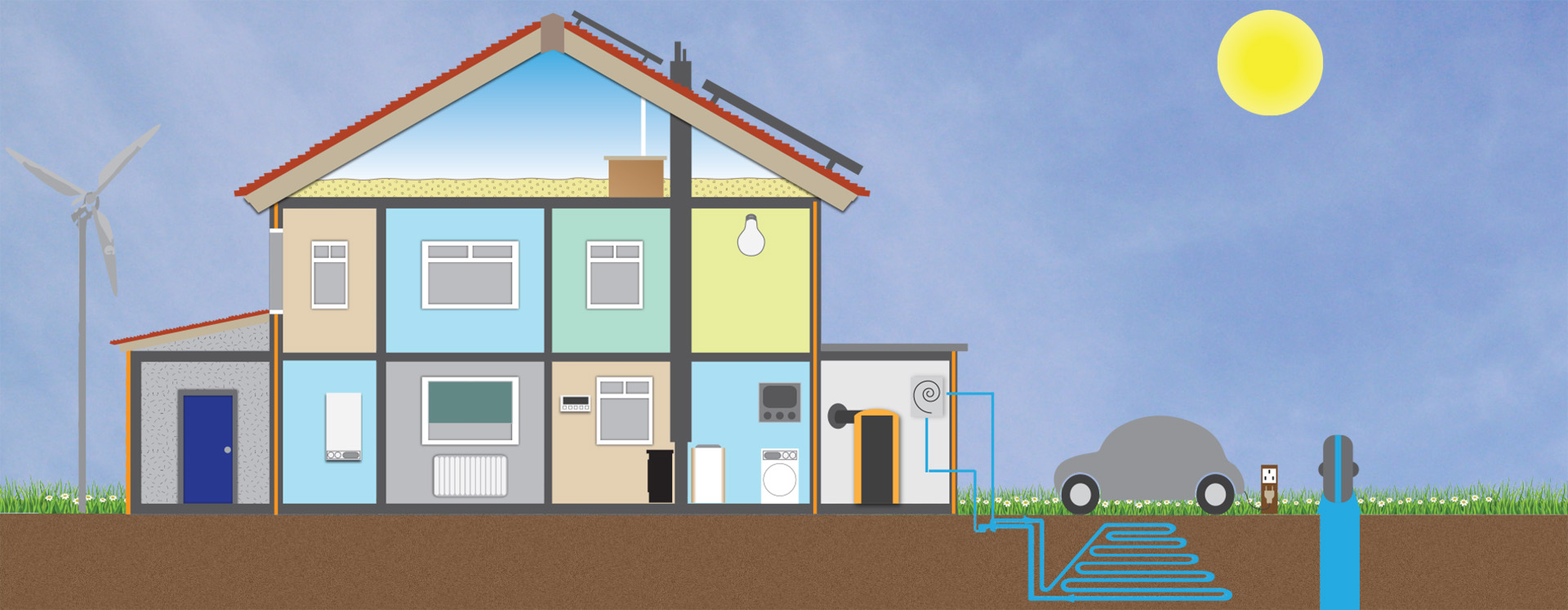The use of monitors and smart meters in your home will help you keep track of the energy you use and generate in your home.
Using the information will help you to make informed decisions when managing your energy, by understanding how, when and where energy is being used. Through the use of this information you might wish to consider changing energy supplier or tariff, or seek ways of reducing your consumption.
The government is planning for every home and business in the UK to have a smart meter for electricity and gas by the end of 2020.
There are various energy monitors in the market.
How smart meters work
Smart meters measure the total energy used in the same way as a traditional meter, but they can also tell you when you have used it and how much it costs. Additionally, they have a communication capability that allows this data to be displayed on a device inside your home and read remotely by your energy supplier.
An in-home display (IHD) unit will also be provided along with the smart meter as part of the programme. This device will be the most visible part of the smart metering system and provide up-to-date real-time information on gas and electricity use in pounds and pence, as well as units of energy.
The display will also present historical information on consumption so that you can compare current and past use.
The benefits of smart meters
Once your smart meter is installed, you will be able to see instantly when you're using the most energy – and how much it costs – whatever display method you choose. This means you can adapt your energy use in line with the smart meter information and cut down on waste to provide long-term carbon and financial savings.
For the first time, smart meters will allow households and businesses to make informed decisions based on accurate and real-time cost information. Currently many of us receive estimated bills after the energy has been used, making it difficult to reconcile costs with usage.

